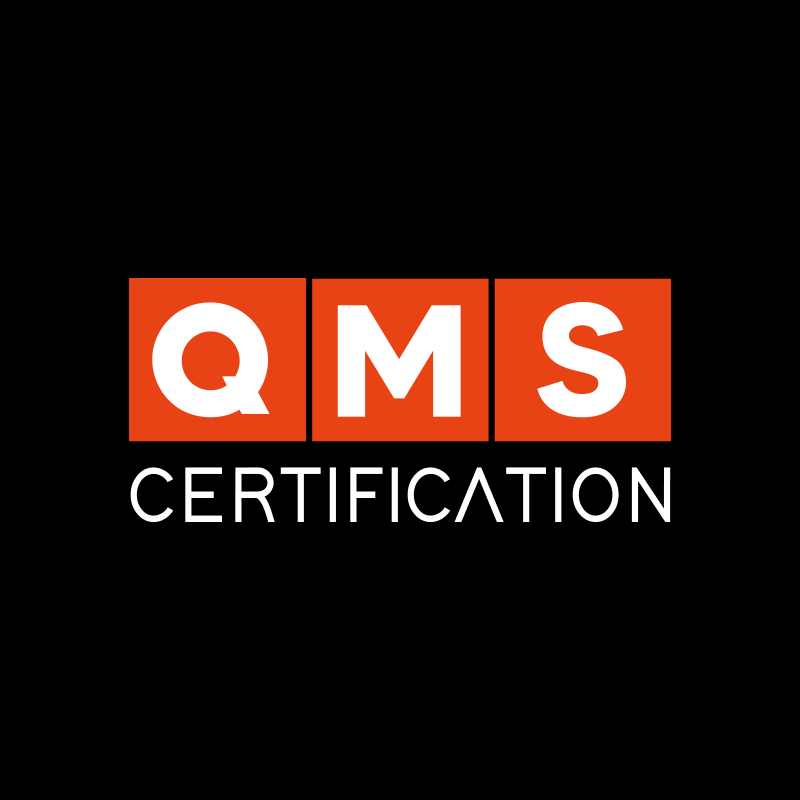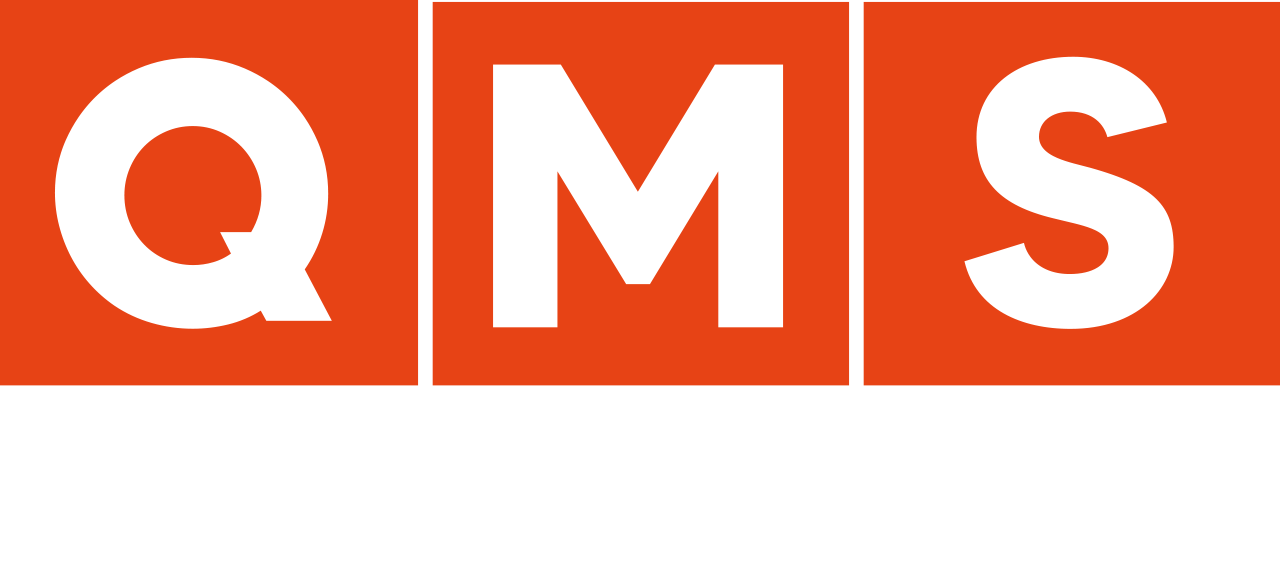Implementing ISO 9001, as with any other management system, is a relatively lengthy process that can raise many questions for any professional. Likewise, there is a whole path to be traveled before the Quality Management System (QMS) actually attains the famed certification.
To help with this challenge, in today’s article, we’ll discuss how to properly kick off this project. Moreover, even though our focus is on ISO 9001, the tips contained in this content can be applied to the implementation of any other management system based on ISO standards.
Get to Know the Standard and Learn About Quality
Before beginning the implementation work, it’s essential to understand the ground we are treading on. Thus, one must familiarize oneself with the current version of the standard, which at this time is ISO 9001:2015.
So, seek out the official portals, purchase the standard, and try to get acquainted with it. A good way to quickly and deeply learn is by attending courses where the interpretation of the standard is easy and instructive.
Secure Commitment from Top Management
After grasping the fundamental concepts of the standard, it’s also vital to win the support of leadership and top management. Even if you become an expert in QMS, a variety of resources will be needed to ensure effective implementation that delivers results.
Beyond the expected financial resources, you’ll need the time availability of employees, you’ll have to acquire other skills, and modify processes. All of this, without proper support from top management, will be exceptionally challenging.
It’s worth noting that the person in charge of quality, often referred to as the quality manager, won’t be the only one responsible for the implementation project. The QMS needs to involve all employees and will lead to actions in finance, operations, sales, HR, purchasing, commercial, and any other necessary sectors.
Therefore, it’s crucial that top management provides proper support for the system’s implementation and assists by ensuring resources and validation for the QMS and quality as a whole. Without management’s support, obtaining the necessary resources for the system’s proper adaptation and the backing of the rest of the organization becomes much more challenging.
Assemble a Competent Implementation Team
The project of implementing ISO 9001 involves many facets, and thus, requires clear and assertive directions. Therefore, it’s worthwhile to set up a team responsible for implementing the routines of the standard and ensuring greater involvement from the organization.
Thus, form a competent and responsible team that helps drive the project and keep everything up to date. This team should consist of individuals who have some knowledge about the standard and who play leadership roles within the company.
Is It Necessary to Hire an External Consulting Firm?
Another common question among professionals is whether hiring an external consultancy is mandatory for ISO 9001 implementation.
Because consultancies specialize in the standard and how to adapt it to businesses, they can shorten the path and prevent common mistakes made by those with limited knowledge. Therefore, a consultant often provides a valuable external perspective, bringing enhancements and deepening the value of the certification.
Moreover, given that the standard possesses a certain degree of technicality, hiring a consultant might be a good idea, as acquiring the necessary knowledge can be a long and challenging process. However, it’s not mandatory. It’s entirely possible and allowed to obtain ISO 9001 certification without external assistance.
Start at the Beginning: The Organization’s Context!
Once you’ve acquired the necessary knowledge, secured support from top management, and assembled your implementation team (with or without external consultancy), it’s time to actually begin the implementation.
All management system standards are designed based on the PDCA cycle, which also reflects how you implement the system. Currently, the first normative requirement in ISO standards is item 4: Organization’s Context. This is “the beginning of the standard.”
Therefore, begin the implementation by considering your organization’s planning and your QMS. Thus, requirement 4 will provide you an overall perspective of where your company stands; its strengths, the opportunities we perceive with the standard, and so on. Similarly, we can identify the weaknesses, where we need to improve, and the threats we must address.
Moreover, this is where the scope of certification is defined. Here, we’ll understand the involved processes and people and will set the extent of the QMS, which is crucial. Consequently, “starting at the beginning” (item 4: Organization’s Context) is an excellent starting point and an efficient way to plan the implementation of your standard.
Implementing ISO 9001 – Turning Challenges into Opportunities!
It’s crucial to emphasize that a good implementation of ISO 9001 isn’t just a normative requirement but also a strategic investment. A well-executed implementation can lead to significant improvements in quality, efficiency, and consequently, in the financial outcomes of your organization.
By adopting robust quality practices, you can enhance your team’s work, meet customer expectations, and thus achieve the company’s objectives in a more consistent, sustainable, and positive manner.
Quality is a competitive edge in the market. So, don’t hesitate to take the first steps toward an effective QMS, and we are here to support you at every stage of the journey. Together, we can turn challenges into opportunities and ensure the ongoing success of your organization.
Stay tuned to our blog for part 2 of this article and learn more valuable tips to implement an efficient, effective quality management system that brings genuine results for your business.











